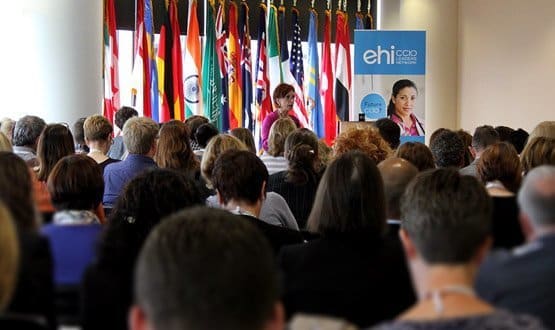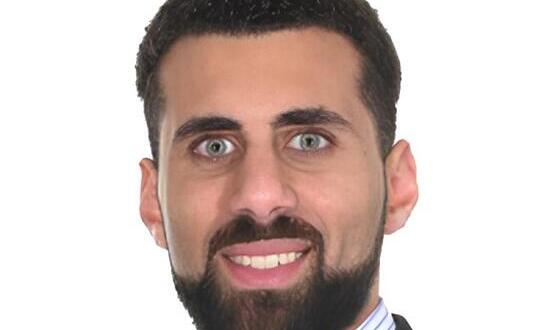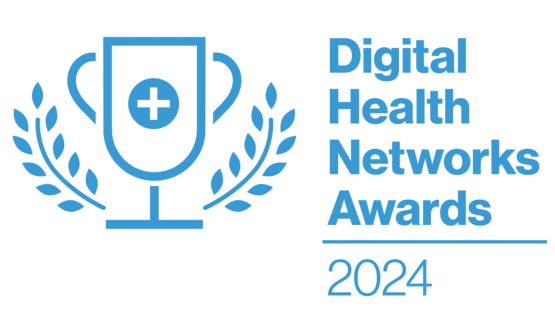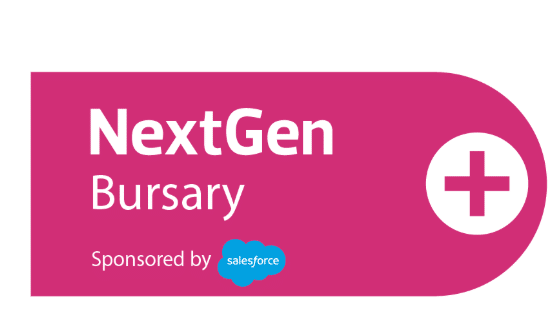Making nursing better
- 19 June 2013

Opening the 2013 CCIO Annual Nursing Conference, chair Dr Susan Hamer reviewed the 12 months that had passed since last year’s inaugural event.
Her conclusion? Much has changed when it comes to informatics in general, and nurses’ involvement in the field in particular.
“It’s been a busy year, and a busy year where I guess nursing has had a level of scrutiny which has had both positives and negatives,” said Dr Hamer, who is director of nursing, midwifery and allied health professionals at the Department of Health.
The positives, she suggested, were unprecedented opportunities to use information and technology to change practice.
“There are a couple of really big pots of money for the workforce to become more agile, more paperless. And certainly there is the creation of a sense of need and urgency about technology to enable hard pressed frontline practitioners to work more effectively.”
From boring pics to essential tools
Linda Davidson, a director of EHI – which runs the CCIO Leaders Network to bring together clinicians interested in the use of IT and information, argued that this was a significant change.
She recalled a time, not so long ago, when most nurses were sceptical of the benefits of technology. “I had the privilege of editing Nursing Times from the late ‘80s to early ‘90s, and computers were a special interest at that point,” she said.
“The art editor hated them because computers made lousy pictures and, to be fair, I think most readers shared that view.
“How times have changed. Nowadays the information agenda is with us and if you don’t get in with the change and have your say, you will be changed by it. It’s not a boring special interest group any more – it’s everywhere now.”
The geographical spread of that agenda was emphasised by the keynote address delivered by Pat Natale, senior vice president of patient care services and the former chief nursing officer at Detroit Medical Center.
Ms Natale served as clinical leader for the implementation of an electronic medical record at her organisation, and told delegates their leadership was desperately needed on clinical IT projects.
“When you overlay a new device, a new application, on to clinical practice, that practice is always, always, always affected,” she argued.
“If you think it is not you are wrong. If you think it’s just a teeny tiny bit you are wrong. The smallest change, the smallest piece of interference, results in an impact.
“The point that I’m making is that that you need to be aware of what’s happening at the point of service so you can understand the profound impact.
Going into these adventures, you need to be an expert in the culture of your clinical environment, the circumstances that are operational in your clinical environment. Because culture trumps strategy every time.”
Talk to those analysts!
This was a view shared by Ileana Welte, the vice chair of the 3millionlives industry working group, which is working with the Department of Health to increase the use and uptake of telecare and telehealth.
“The process of implementing this technology has to be thought through and it has to engage all stakeholders,” she argued.
“Nothing should be deployed before clinicians and IT staff have had a chance to really look at and say ‘here’s what I want to do and does this get me to what I want to do’.”
The day’s workshop sessions provided plentiful examples of nurses getting involved in just that way. The common theme was collaboration.
Kevin Percival, a senior stuff nurse from Frimley Park Hospital, gave a popular presentation on how his organisation had worked with suppliers to become paperfree in the emergency department.
Similarly, Jan McMeekin from Welch Allyn, presented research from critical care consultant nurse Pamela Munro and nurse practitioner Amor Padala of Whipps Cross Hospital. Their presentation reviewed how technology from Welch Allyn had improved the accuracy of early warning scores.
Meanwhile, Sam Foster, deputy chief nurse at Heart of England NHS Foundation Trust, spoke about how she had joined with non-clinical colleagues to develop a series of metrics to better measure quality of care.
“I was in a meeting of the finance and performance committee, and when I looked at how we called ourselves to account on finance it didn’t compare to how we were calling ourselves to account on quality,” she told attendees.
“It was a lightbulb moment – we should be doing this for observations, for risk assessment for falls. I got chatting to some of the analysts – who, if I’m honest, I wouldn’t normally mix with,” she confessed, to knowing laughs.
“These informatics guys and analysts know how to get the best out of the data, and so now we do trust headline metrics, nursing metrics, and then widen it out to patient experience. We only focus on things that are absolutely in the gift of nursing.”
She reported that there hadn’t been immediate acceptance of the new system. “It was quite emotional,” she admitted. “It was a real journey with the head nurses – a journey of grief; of denial, saying the data was wrong and they were going to head off and get the right data.
“With the head nurse group and with lead nurses now, though, we’re really into a stage of acceptance.”
Nurses in the driving seat on information policy
It was notable that the resulting dashboards are available to all staff via the intranet. Ros Moore, chief nursing officer at NHS Scotland, strongly argued that allowing nurses “to play” with new technology and information was a way to help break down anxieties.
“We know what we stand for as nurses,” she said. “We stand for integrity, courage, advocacy. And in taking forward an agenda of improvement, we’ve got to tap into that resource.
“The Francis Report [on the scandal at Mid Staffordshire NHS Foundation Trust] was a response to fragmentation and disempowerment and a lack of engagement from staff.
"As leaders of informatics we have got an opportunity to really engage people, to stop fragmentation. Informatics is a solution to a problem.”
Picking up this theme, Janet Davies, the Royal College of Nursing’s director of nursing and service delivery, said an “army of nurses” was also needed to implement the Caldicott2 report.
This called for a better balance between information governance and information sharing to support patient care.
Davies, who sat on the panel that led to the report, said nurses had already influenced Caldicott2.
“We took evidence, like a health select committee, and were able to have some group sessions with nurses,” she told another packed keynote session. “We got some great information from them.
“They told us that current information governance arrangements meant they were being prevented from communicating with their patients in the best way. They also told us they couldn’t share information between health and social care, and that sharing with the independent third sector was really problematic.”
Indeed, she said that one of the key principles of the final report – “the duty to share information can be as important as the duty to protect patient confidentiality” – had been suggested by a nurse.
“It was you that made a difference to the report,” she told delegates, “but I still need you,” She invited anyone interested in helping in implementation to e-mail her.
Changing attitudes at all levels
Picking up one of the main issues of the conference, Davies said Caldicott2 had shown that nurses are now willing to be at the heart of the IT and information agenda.
“Some of the [Caldicott2] panel were maybe not as enthusiastic about the nurse sessions as they might have been with ones with medical colleagues,” she confided.
“But they were blown away. The way nurses could articulate what the issues were really impressed them. I would never have doubted it for a minute, but it was great to turn other people’s opinions around.”




